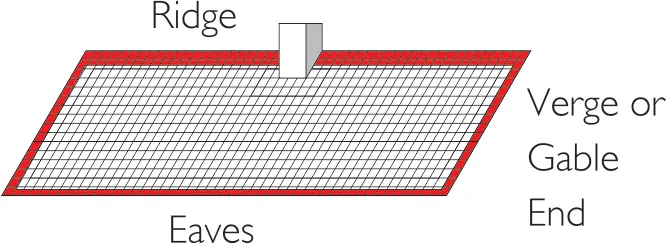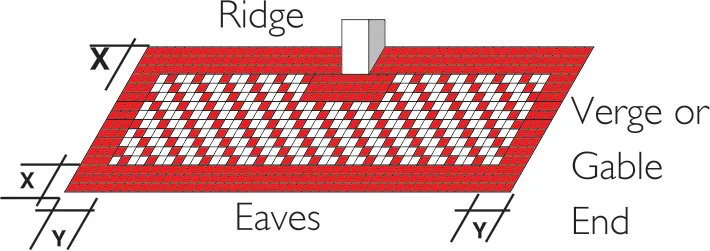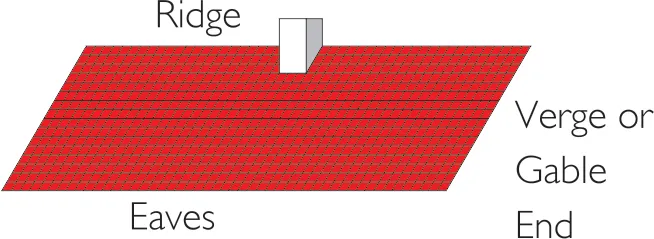Our country pages
Africa
Europe
Search
Fixing Guidelines

Why should roof tiles be fixed:
- Protects tiles from possible wind upliftment
- Stops tiles from slipping out and potentially causing injury
- It also has an added security benefit of preventing intruders from entering the roof
BMI Coverland offers a range of storm clips and nails for fast and professional securing of concrete tiles on every part of the roof. Our clips are quick and easy to install, match the respective tile profiles exactly and provide reliable and durable protection against wind upliftment and slipping.
The 3 main categories and the guidelines for fixing of roof tiles based on the wind load in the area:
Need some more information on fixing guidelines for your area? Complete our enquiry form and we will be in touch
All inland regions other than certain specified areas
Mechanically fix two courses of tiles at the eaves, ridge and verges for the full overhang, whichever is greater.
Cut tiles at hips, valleys and abutments to be secured with kro-clips or coverfill. It is recommended that closed soffits be fitted on all verge and eave overhangs.
Roof pitches
17° to < 26° – undertile membrane mandatory
26° to < 45° – undertile membrane recommended
45° to < 55° – undertile membrane recommended, each tile to be nailed
55° to vertical – undertile membrane mandatory, each tile to be nailed and clipped

Coastal regions and certain inland areas
Generally the area within 30km from the coastline, the top of the escarpment or the watershed of the first mountain inland. Whilst cognisance should be taken of local practices, the application of good roofing practice should not be compromised for expediency. Mechanically fix a band of tiles (x) equal to a fifth of the number of courses on the rafter lengths at the eaves and ridges, and also at chimneys and abutments. Mechanically fix a band of tiles equal to (x) along (y), as calculated above, at each verge (or the full overhang, whichever is the greater.) Tiles at hips, valleys and abutments to be secured with kro-clips to every third tile on the roof. Closed soffits must be fitted to all verge and eave overhangs.
Roof pitches
17° to < 26° – undertile membrane mandatory
26° to < 45° – undertile membrane recommended (mandatory at the coast)
45° to vertical – undertile membrane mandatory, each tile
to be nailed and clipped

Critical coastal areas and certain inland areas
The classification of exposure categories assumes the use of a suitable underlay, properly fixed over the total area of the roof including the gable end and eave overhangs. When possible, local knowledge and local wind speed data should be used in the assessment of the exposure category. (Refer to SANS 10160-1:2011 for Regional Basic Design Wind Speed determination.)
Roof pitches
17° to < 26° – undertile membrane mandatory, each tile to be clipped
26° to < 45° – undertile membrane mandatory, each tile to be nailed or clipped
45° to vertical – undertile membrane mandatory, each tile to be nailed and clipped
Closed soffits to be fitted at all verge and eave overhangs.
